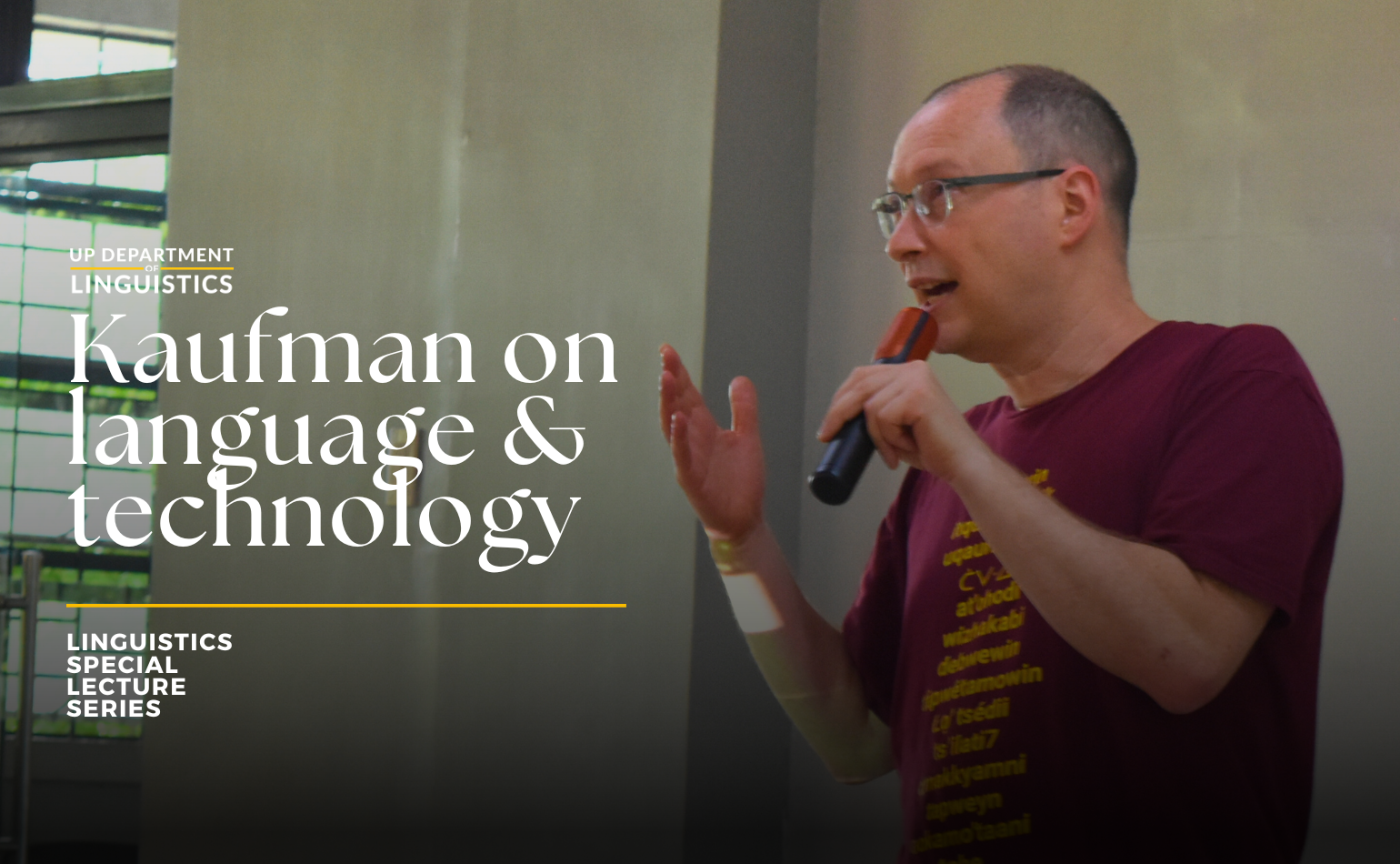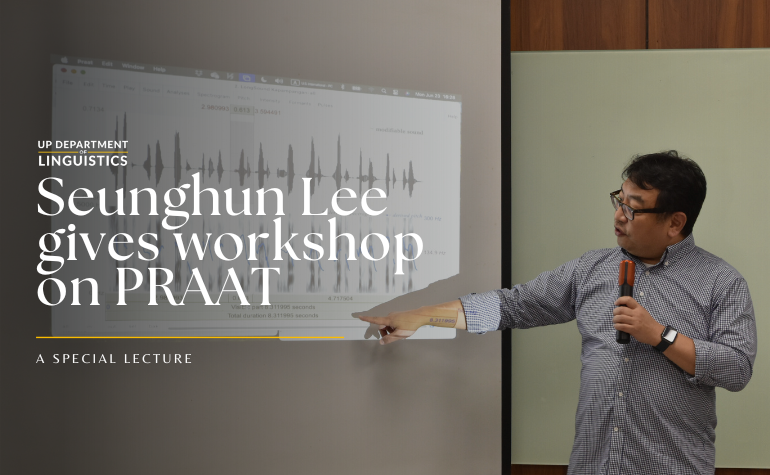
Congratulations to the Korean-Foreign Language Parallel Corpus team on the publication of their paper titled “Typological Analysis of Word Order-Related Errors from Korean into a Foreign Language: The Case of Hindi, Khmer, and Tagalog” in the Journal of Asian Studies (아시아연구), published by The Korean Association of Asian Studies. Dr. Aldrin Lee is among the authors of this article along with lead author Jeon Ji Yeon (Kangwon University), Ji Hwa Sook (Kyunghee University), and Jung Hee Lee (Kyunghee University).
Typological Analysis of Word Order-Related Errors from Korean into a Foreign Language: The Case of Hindi, Khmer, and Tagalog
This work examined languages that have different typological characteristics—Hindi, Khmer, and Tagalog— from a contrastive point of view. The three languages have SOV, SVO, and VSO types respectively, word order patterns that are commonly observed in world languages. This paper analyzed what type of error occurs when Korean is translated into these three languages that have different basic word order. To analyze the typological characteristics, the basic word order of the three languages was checked according to the three classification criteria of Greenberg (1966), and the relationship between the subject, predicate, and object, which are constituents of the basic word order, was explained through the constituent structure. As a research method, the basic word order asymmetry in Hindi, Khmer, and Tagalog languages was analyzed from a contrastive perspective. Based on this, the commonalities, similarities, and differences of word order appearing in Korean and the three languages are summarized, and examples of error types related to the basic word order are introduced. In the case of Hindi, since it is an SOV language like Korean, there are many commonalities in the characteristics of the basic word order, so no word order errors appeared. Unlike Korean, Khmer is a language belonging to SVO. The verb is located after the subject, before the object, and before the adverb, and has the structure of preposition + noun, noun + adjective. Despite these differences, word order errors did not appear in the Khmer translation used in this study. In this part, it is necessary to consider the purpose of data collection because there was no expected error, and an in-depth study on this part seems necessary. In the Philippine’s Tagalog language, the main word order is VSO, but various sentences can be expressed in a variable word order. In general, Tagalog can take both SV and VS forms, and the position of the predicate and subject can be freely changed through the inverted ‘ay’. At this time, the ay error was expected, and the word order error occurred the most in the inverted sentence. Also, errors related to formulas and linking endings were found. The findings in this study could provide a baseline data for the study of learner characteristics. It is also hoped that it will become a resource for languages that do not have any comparative linguistic research data yet with foreign languages, including Korean.
This study is based on some of the team’s findings from the first phase of the Korean-Foreign Language Parallel Corpus Building Project.
Aside from Dr. Aldrin Lee, other members of the Department’s Korean Language Cluster, namely Dr. Kyung Min Bae, senior lecturers Maria Concepcion Loren Chua and Kristina Carla Rico, as well as Asst. Prof. Jay-Ar Igno, are also involved in building the Korean-Filipino corpus. Find out more about the project by visiting their project subpage.
Published by UP Department of Linguistics



